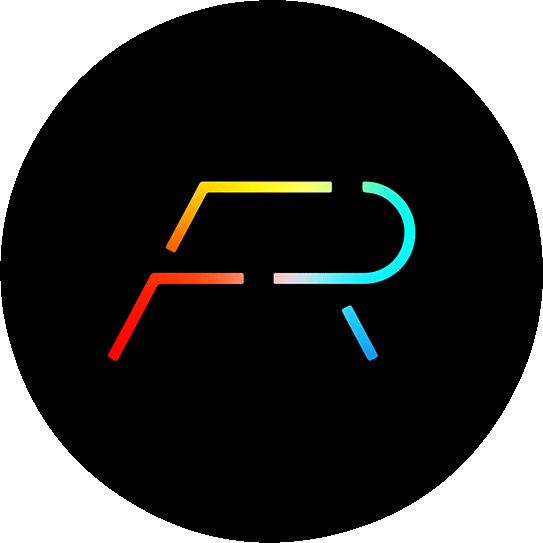
ABOUT FRONT RUNNERS ATLANTA
International
Front Runners
How It All Began
by Bud Budlong
International Front Runners Origin Story
Lavender U. By the Fall of 1973, a new concept in education had swept the country, "free universities," which existed as free newspapers that listed classes for all things, such as art, literature, crafts, photography and of course, "new age" subjects as TM, TA, EST, yoga and meditation. Heretofore, most classes were associated with established institutions, such as colleges and churches. A group of gays in San Francisco decided to start such a free newspaper and call it "Lavender U". The organizers hoped that it would foster social and educational opportunities of special interest to gays. The paper was published every two months. As I recall, the fee was $6.00 per ad.
Jack and Gardner. Jack Baker and Gardner Pond were friends of the Lavender U organizers and were asked to list a class. They had an interest in furniture refinishing and decided to list a class in that. They were also runners, and at the last minute, decided to change their ad to a "learn to jog" class. As members of the San Francisco, Dolphin, South End (SFDSE) Runners, one of the largest running clubs in the country, they modeled their "class" on that club, which had a "scenic run" every Sunday. They listed a two-month schedule of runs, beginning with a half mile, adding a half mile each week and finishing with a five mile run on "graduation" week.
The First Run. The first run was on the first Sunday in January, 1974. It began near the South Windmill in Golden Gate Park. Each week, the run was at a different "scenic" location. When it came time to renew the ad (they hadn't planned ahead), they simply began the series over again. After repeating it a few times, they settled into a routine of listing a variety of three-to-five mile runs. For the first couple of years, the ad listed a fee of $2.00 for each series of runs, but they never bothered to collect. At some point that first year, the listing changed from "learn to jog" to "Lavender U Joggers". Some of the early runs were Golden Gate Bridge, Portals of the Past, Stern Grove, Miracle Mile (Folsom Street), Aquatic Park, Palace of the Legion of Honor, Lands End, Dolores Park, and of course Stow Lake. Every Sunday, Jack brought a gallon of coffee. Once a month Jack or Gardner would bring doughnuts.
Bud Joins. I joined the group in October 1975 at the Golden Gate Bridge run. Weekly attendance varied from five or six to 15 to 18 out of a total of 45 or so "members". Lesbian runners were few and far between (an issue the club continued to struggle with for years). During Spring and Summer of 1976, Jack and Gardner increasingly asked me to schedule and lead the runs. By the end of the year, I was the club leader by default. I soon expanded the repertoire of runs. Eventually, we had 26 "scenic" runs, which repeated twice each year. The group gradually grew in numbers, attracting up to 30 runners at a time. The monthly "tailgate brunch" became routine, with many runners contributing to an increasingly healthy repast. Coffee gave way to fruit juice; doughnuts gave way to trail mix. Occasionally, a group of us would go to a restaurant after the run for a real brunch.
Unique Role. The club played a unique role in the community at that time. In the early 70s, there were only a handful of gay organizations: the gay pool, bowling and softball leagues, Gay Rap and the royal courts, to name a few. There were few gay activities that were not centered around the bars. There were no gay hiking clubs, track, swimming, skiing, wrestling, bicycling or tennis clubs, bands, choruses, theater groups. For many, the Lavender U Joggers was their first gay group they had joined. For more than a few, it was their first experience knowing and being around other gays. Although many exchanged their full names, many others revealed only first names - there was no membership list. In 1978, the club first staffed a water table at the San Francisco Marathon.
Lavender U's Demise. By the Summer of 1978, Lavender U newspaper had gone out of business. Not only did the club need a new way to publish the schedule of runs, but it occurred to me (I'm a slow learner) that it was not good for any group to be dependent on one person. The regulars all agreed that we should re-organize and have paying members, elected officers and bylaws.
Reinventing Ourselves. There was consensus that the club should be a "running club", with other activities secondary, that it should be welcoming to runners of all abilities, from beginners to serious competitors, that it should serve not only gays and lesbians, but be open to all who wanted to join, including those who could not (or would not) pay. Remember, many gays at that time would not join an organization, because they were fearful of revealing their names, We modeled ourselves on the many straight running clubs in the city, especially SFDSE and Pamakids (yes, it means Pa, Ma and the Kids). We wanted to join the Amateur Athletic Union (AAU), which controlled amateur running at that time, and put on and participate in road races. We held many organizational meetings throughout the Fall of 1978 at Gary May's house. Many members wanted to change the name of the club, not only because Lavender U had ceased to exist, but because many did not like the word "joggers". We voted on "Front Runners" at the second or third meeting. Half the people who came to those meetings swear that the name was their idea. They are all correct; quite a few people suggested it. Yes it was inspired by Patricia Nell Warren's novel, and no, we did not ask her permission - it never occurred to us to ask. We had a nominations committee and a bylaws committee and established the dues at $5.00 per year. The officers were to be elected at the first meeting in January, 1979. The first two newsletters were published in December, 1978 and January, 1979. They contained mostly information about joining and voting. About 40 paid their dues and became "charter members". All but three or four listed their full names and addresses in the membership directory, a brave showing for that time, which surprised us all. It was the first time that many of us knew each other's full names. By the end of 1979, there were 75 members.
[San Francisco FrontRunners continues operating to this day.]
The First Officers. The first elected officers were Gary May, President; (Ms) Pat Stein, Vice President; Marvin Shipley, Secretary and Frank Churchill, Treasurer. We joined the AAU (first gay club of any sport to do so) and Pat went regularly to their meetings as our delegate. Club meetings were held monthly at first, but bi-monthly, soon after.
The First Gay Run. The 1980 officers were Bob Plantz, President; George Fischer, Vice President; Greg Dunning, Secretary and Jim Milton, Treasurer. The club name appeared on the 1980 T-shirt as FrontRunners (one word), which became the club's "official" name thereafter. The Advocate magazine approached the club and asked if we would put on a race, which they would sponsor, and call it "Gay Run". After much discussion about affiliating with a sponsor, the members decided to do it. There were 5K and 10K runs, with awards for women and men in four or five age categories. It was a great success; about 400 runners entered.
The First "Other" Front Runner Club. In the Spring of 1980, Bob Plantz got a call from Malcolm Robinson, who was editor of the club magazine for the New York Roadrunners (a huge club, with about six or seven thousand members). It is the club that puts on the New York Marathon. Malcolm said that he was starting a gay running club and wanted to call it Front Runners New York. He asked for permission to use the name. Bob explained that we did not control the name, and yes, it was OK. Malcolm was a nationally-rated runner and he knew many other top runners who were gay. He wanted to have these top runners enter (and win) major races as members of a gay club. He liked the way that our club welcomed all runners, and discarded the idea of forming a club for elite runners. Other FrontRunner clubs formed in rapid succession.
